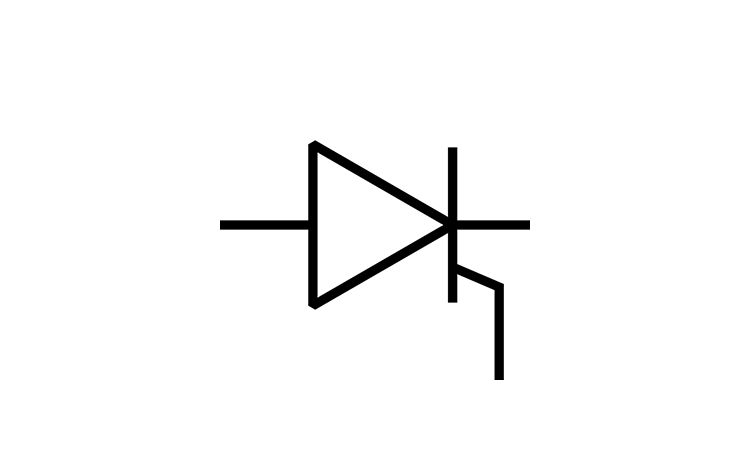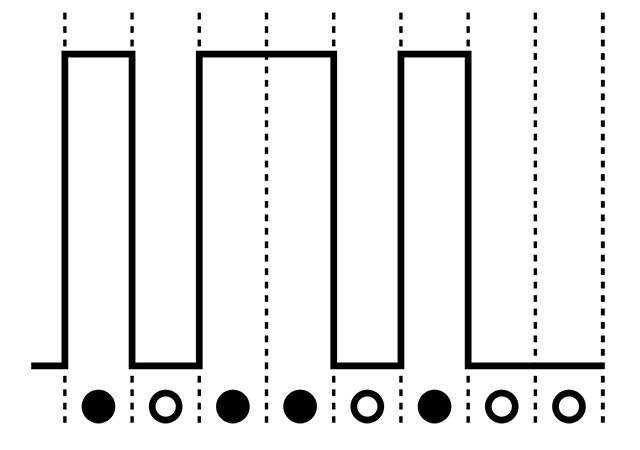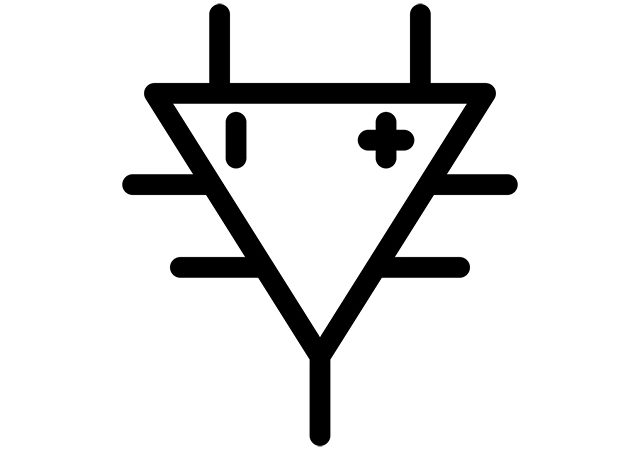This post tells about MOS Controlled Thyristor and its main features. MCT or MOS-Controlled thyristor belongs to the low-power devices in the thyristor family used to trigger circuits. MOS-Controlled thyristor is a very advantageous switching device, here we will see why and consider its main features.
The MOS Controlled Thyristor is the semiconductor-controlled device that was invented by V.A.K. Temple in 1984. It’s known as a voltage-controlled fully controllable thyristor with two MOSFET’s built into the gate structure. This device is controlled by MOSFETs (the full name metal-oxide-semiconductor field-effect transistors). MOSFET controls the thyristor by turning ON or Off the MCT.
There are many applications of this device, for example, switching applications as well as on high power, high frequency, low conduction drop, and so on.
The MCT’s main function is to combine the characteristic of both conventional four-layer thyristor regenerating action along with MOS- gate structure, as pictured on the figure below.
So what are the main features of MCT. Lets first consider the turning on process. The negative voltage pulse through the device will turn ON with respect to the anode. The gate terminal is designed negative in reference to the anode assisted by the voltage pulse between both the anode and gate terminals. Thus the MCT thyristor is turned ON state. The MCT thyristor is a forward bias at the beginning. The On FET will turn ON if you apply the negative voltage to the negative voltage pulse while the Off FET will remain OFF state.
The FET ON means the current passes from the anode through the ON FET. Then the current passes through both the base current and n-p-n transistor and finally flows through the cathode. This process makes the n-p-n transistor turned on and works as a base current of p-n-p transistor while the OFF FET is in off mode.
Another feature of MCT is turning off process. The device is switched off by the positive voltage pulse applied to the gate terminal in favor of the anode. Then the OFF FET is turned on mode while the ON FET remains off state. The p-n-p transistor proceeds by the emitter and base terminals when the OFF FET is turned ON. Thus another current passes through the OFF FET while the base current of the n-p-n transistor is dropped. Hence the MCT is switched Off.
Where MCT is used: in circuit breakers, in high power applications, in high power conversion processes and some others. Among the advantages of MCT are very fast switch on and off process, lower switching losses, high gate input impedance and some others.





